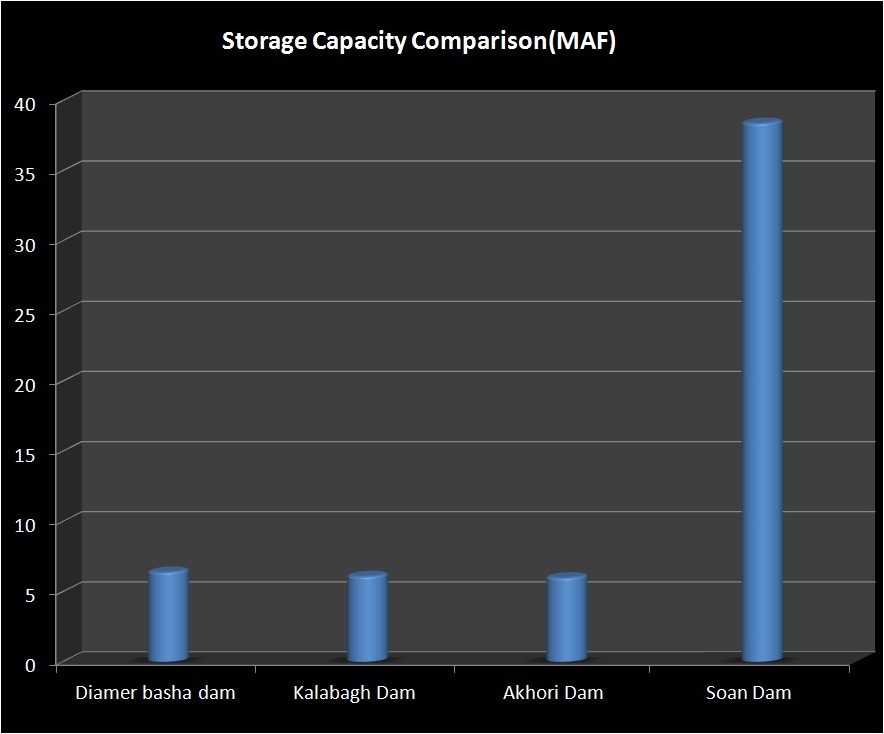few years ago, govt decided to abolish the aged structure and replace it with a new barrage few hundred meters downstream.
Asian Development Bank is financing the project but there is a serious issue that makes the entire project redundant and a waste of hundreds of millions of public money dollars.
Ironically, this issue was never considered during the project study.
During construction of Rasul-Qadirabad-Balloki-Sulemanki link under Indus water treaty, Khanki at Chenab was 10+ meters higher and 29 km upstream, that's why Qadirabad barrage was built instead.
As visible in the attached map, effectively, 98.2% of Lower chenab canal's command area lies below QBLink. which means Qadirabad barrage can command both QB link and Lower Chenab.
currently, QB link carries some ~30% water for LCC command through LCC Feeder and it may be possible to increase it to 100% for first 25 Km stretch (till head Sagar), or a parallel canal segment with independent elevation can be used.
LCC Qmax is below 10000.
QB link operates @ 22000 cusecs as compared to its design max of 27000.
it means it is an issue of additional 5000 cusecs. which can be achieved by slight increase in crest and/or width of canal.
Entire arrangement will look very much like Marala or Balloki headworks.
See attached cross sectional design of QB link between its head regulator and Head Sagar complex.
While WAPDA is already working on Mangla-Marala link canal, 1.8% of LCC command area above QBlink can be re-assigned to Upper Chenab canal. additional water is not an issue.
Khanki may be useful for some flood control, but proposed Chiniot reservoir downstream has much better capacity and location to do the same.
Conclusion: New Khanki Barrage is an unnecessary waste of public money. Qadirabad Barrage can do the same job with minor adjustments.
Construction preparations have already started and this "barrage for nothing" is set to complete by 2016.






















